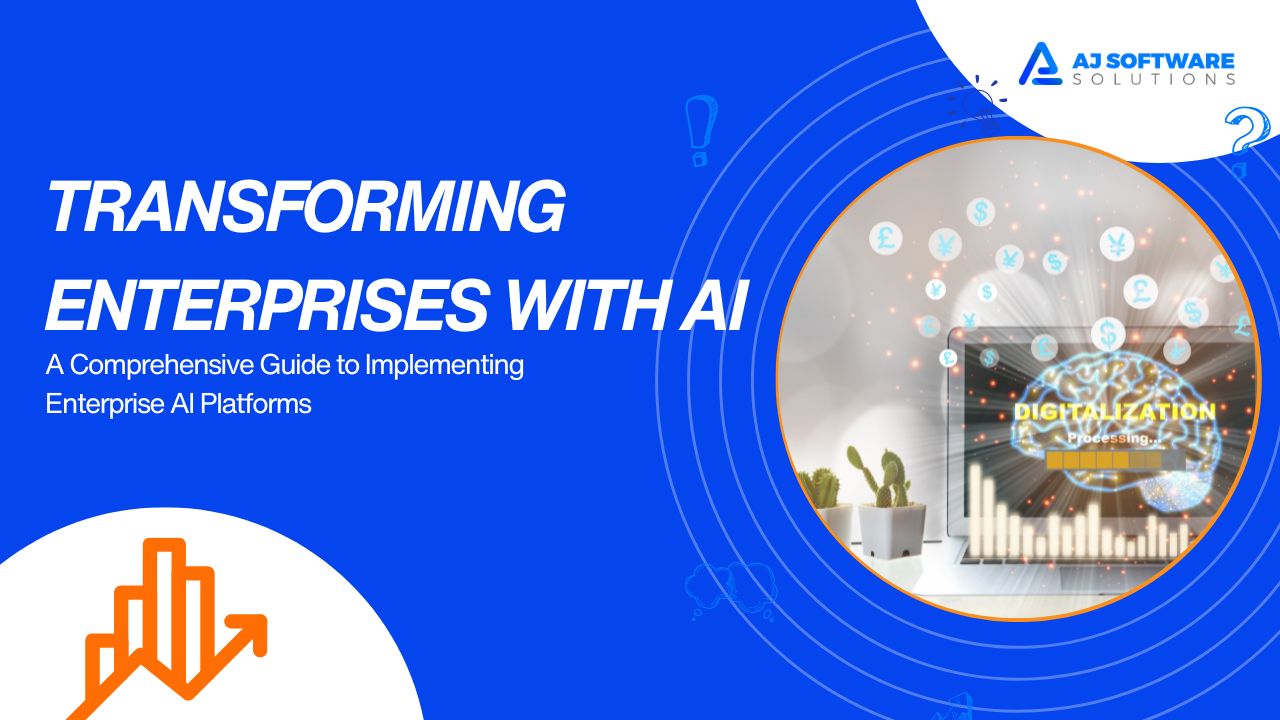Transforming Enterprises with AI: A Comprehensive Guide to Implementing Enterprise AI Platforms
In today’s rapidly evolving business landscape, the adoption of Artificial Intelligence (AI) has become more than just a competitive advantage—it’s a necessity for organizations striving to stay ahead. This article delves into the transformative power of AI in boosting organizational productivity and efficiency, and how enterprises are embracing it across various functions. With the emergence of GenAI, a new wave of AI technologies tailored for enterprise use, organizations are presented with unprecedented opportunities to revolutionize their operations.
The article begins by exploring the significance of AI in enhancing organizational productivity and efficiency, shedding light on its role as a catalyst for innovation and growth. It examines how AI is reshaping traditional business models and enabling organizations to unlock new sources of value. From marketing and sales to finance and HR, AI is making a profound impact across all enterprise functions, driving smarter decision-making and more personalized experiences for customers and employees alike. Building upon this foundation, the article outlines a comprehensive framework for implementing enterprise AI, with a special focus on the transformative potential of generative AI technologies. Leveraging tools like Xano for no-code development, Coda for rapid app development, and LLM powered by Copy.ai for natural language generation, organizations can unleash the full potential of AI across their operations. Through real-world examples and practical insights, this article provides a roadmap for organizations looking to harness the power of AI to drive sustainable growth and innovation in the digital age.
The Enterprise AI Platform – Technical Framework
Overview of Generative AI’s Potential in Business Applications
Generative AI is reshaping the business landscape with its ability to autonomously create content, predict trends, and transform decision-making processes. Organizations are leveraging these advanced AI models for personalized marketing content, automated customer support, and data-driven insights. The flexibility of generative AI allows businesses to rapidly prototype new solutions, adapt to changing market dynamics, and gain a competitive edge. By harnessing the power of large-scale language models and other generative technologies, companies can streamline workflows, improve creativity, and enhance customer engagement.

The Rise of No-Code Platforms like Xano: Democratizing Data Access
No-code development platforms such as Xano are democratizing software creation by enabling non-technical staff to build applications without writing code. With Xano, businesses can rapidly prototype, iterate, and deploy scalable backends. Its data lakes simplify the consolidation and management of business data, facilitating real-time insights for marketing, finance, and operations. Alternatives like Airtable and Retool also empower teams to integrate, manipulate, and visualize data easily, helping organizations of all sizes build and scale AI applications efficiently.

Coda for Quick Apps Development: Leveraging Xano Data Lakes
Coda is a versatile tool that merges the functionalities of documents, spreadsheets, and databases, enabling teams to create dynamic and interactive documents. By connecting Coda to data lakes like Xano, teams can build quick apps to visualize and manipulate backend data, boosting productivity across departments. This pairing provides businesses with a seamless way to harness enterprise data for immediate decision-making. Similar tools such as Notion and Smartsheet offer alternative approaches to streamline workflows and create customizable, collaborative applications.
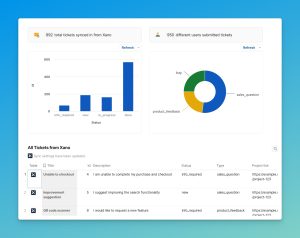
Copy.ai: Harnessing Large Language Models (LLMs) for Enhanced Productivity
Copy.ai exemplifies how large language models (LLMs) like GPT-4 are transforming content generation. Businesses can automate the creation of marketing copy, customer communications, and internal documentation with incredible speed and customization. This tool can personalize content to target specific customer segments, reduce turnaround time for campaigns, and improve engagement. Other LLM-powered tools, such as Jasper and Writesonic, provide organizations with alternative ways to automate copywriting and other creative tasks.

Sales Use-cases leveraging the AI Platform
Lead Generation and Qualification
Problem: Traditional lead generation processes are often inefficient, leaving the sales team to sift through unqualified leads.
Solution: Using Xano’s no-code backend, sales professionals can integrate customer data from various sources into a unified data lake. Generative AI models, like those provided by Copy.ai, can then analyze this data to generate predictive scores for lead qualification. By linking these insights with Coda, the team can view, share, and update lead information in real time to quickly prioritize high-potential leads. Alternative tools like Salesforce or HubSpot can complement this process by automating follow-up sequences.
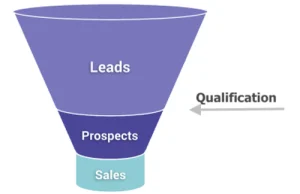
Personalized Sales Outreach and Nurturing
Problem: Customers often receive generic, irrelevant messaging that fails to capture their specific needs and interests.
Solution: Copy.ai, or other language models like Jasper, can craft highly personalized sales emails or outreach scripts tailored to individual customer segments. The system can suggest messaging variations based on the historical responses and purchase behavior stored in the Xano data lake. This allows teams to deliver the right message at the right time via Coda or other CRM integrations like Salesforce. It ensures customers receive relevant content and improves engagement and conversion rates.

Sales Forecasting and Pipeline Management
Problem: Traditional forecasting methods rely heavily on manual data entry and intuition, often leading to inaccurate projections.
Solution: A centralized data repository in Xano, coupled with predictive analytics models and generative AI, can provide a comprehensive view of the sales pipeline. Using Coda’s visualizations, sales managers can identify trends, potential deal blockers, and optimal closing strategies. The AI platform can also simulate various market scenarios, enabling sales professionals to adjust tactics proactively.
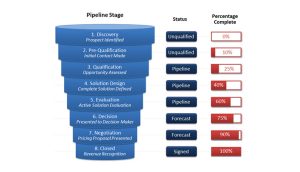
Competitive Intelligence and Market Insights
Problem: Sales teams need a consistent understanding of market trends and competitor strategies to refine their pitches.
Solution: AI-powered research tools like Crayon or Klue can feed critical market and competitor information into Xano’s data lake. Coda’s collaborative environment allows sales teams to quickly analyze, share, and respond to this intelligence. Generative AI can summarize key insights, helping sales reps position their offerings uniquely. The insights can be seamlessly integrated into customer-facing documents, proposals, or email campaigns.
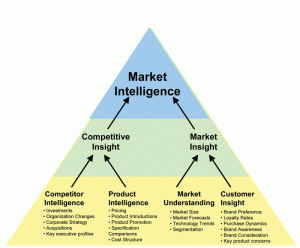
Customer Relationship Management and Retention
Problem: Maintaining long-term customer relationships requires personalized and consistent engagement.
Solution: A generative AI platform can monitor customer interactions, identifying patterns and preferences to personalize engagement strategies. Copy.ai, in particular, can help craft customized retention emails, upsell pitches, and post-sale follow-ups. The platform’s recommendations can be structured within Coda to ensure sales reps have a clear action plan for each client. Integrating these insights with CRM tools like HubSpot or Zoho can enable seamless handoffs to customer success teams for long-term relationship management.
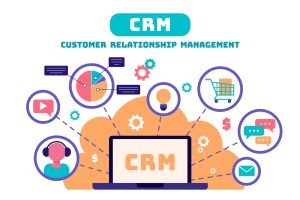
Marketing Use-cases leveraging the AI Platform
Content Generation and Personalization
Problem: Manual content creation is time-consuming, and generic messaging often fails to engage different audience segments.
Solution: Generative AI tools like Copy.ai or Jasper can rapidly generate personalized marketing content, from blog posts and ad copy to email campaigns. Using data from Xano, the AI can tailor messages based on customer demographics, past interactions, and preferences. Coda can then organize this content into targeted marketing workflows and track its performance in real-time, ensuring marketing teams adapt campaigns dynamically for better engagement.
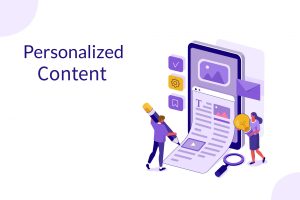
Ad Campaign Optimization
Problem: Poorly optimized ad campaigns often result in low conversion rates and high customer acquisition costs.
Solution: AI platforms can analyze historical campaign data stored in Xano to provide real-time recommendations for improving ad targeting and bidding strategies. This includes adjusting keywords, audience demographics, and creative assets. Coda can help manage these recommendations and execute iterative A/B testing cycles, while advertising platforms like Google Ads or Facebook Ads Manager can automate the adjustments.

Brand Management and Sentiment Analysis
Problem: Maintaining a consistent brand image across channels and understanding consumer sentiment requires constant monitoring and adjustment.
Solution: The AI platform can analyze social media, review sites, and customer surveys to measure brand sentiment and perception. Generative AI models can then generate actionable insights for marketing teams to refine brand messaging and engagement strategies. Coda’s document-sharing capabilities ensure that these insights are readily accessible, while Sprinklr or Brandwatch can provide additional sentiment analysis.
Customer Support Use-cases leveraging the AI Platform
Automated Customer Inquiry Handling
Problem: High volumes of repetitive customer queries overwhelm support teams, leading to slow response times.
Solution: Using Copy.ai or other LLM-based tools, generative AI can automate responses to common customer inquiries. The model can analyze historical support tickets stored in Xano to suggest accurate, context-sensitive replies. Coda can provide a centralized hub where support agents can track, refine, and verify AI-generated responses, while alternative solutions like Intercom or Zendesk Answer Bot can automate ticket routing and provide multi-channel support.

Sentiment Analysis and Escalation
Problem: Without understanding customer sentiment, it’s difficult for support teams to prioritize issues and proactively manage complaints.
Solution: Sentiment analysis tools integrated with Xano can detect negative emotions in customer interactions. This allows the AI platform to prioritize and escalate critical issues, ensuring rapid resolution by human agents. Coda can help visualize and organize sentiment scores, while solutions like Freshdesk or Sprinklr can manage the escalation workflow and ensure proactive communication.
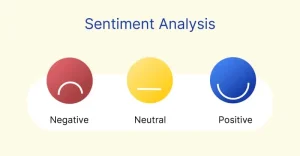
Knowledge Base Creation and Maintenance
Problem: Maintaining a comprehensive, up-to-date knowledge base requires significant time and effort.
Solution: AI platforms can analyze past customer interactions and suggest FAQs or help articles to create a dynamic knowledge base. Using Copy.ai’s generative capabilities, the system can automatically draft, organize, and refine content. Coda’s collaborative documents ensure that support teams can review and edit these articles, while knowledge base platforms like Helpjuice or Document360 can help streamline publishing.

Proactive Support and Predictive Maintenance
Problem: Many support issues remain undetected until they impact customers, resulting in avoidable frustration.
Solution: The AI platform can analyze customer data, purchase history, and usage patterns to predict potential issues and trigger proactive support. Coda’s collaborative interface enables support teams to coordinate preventative measures across departments. Predictive maintenance tools, like ServiceNow or Salesforce Field Service, can further refine this process, helping resolve issues before they escalate.
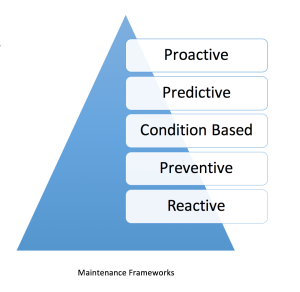
Product Development Use-cases leveraging the AI Platform
Product Launch Strategy and Messaging
Problem: Crafting an effective product launch strategy requires precise positioning and messaging to resonate with target markets.
Solution: The AI platform can analyze market research and customer data to identify the most compelling positioning and messaging strategies. Copy.ai can generate variations of launch content, while Coda’s workflows can guide product managers through phased launch plans. Marketing automation tools like HubSpot or Marketo can further assist in targeting specific customer segments, ensuring the right messages reach the right audience.

Product Feature Prioritization
Problem: Balancing customer demands with strategic goals often makes it difficult to prioritize features effectively.
Solution: By integrating customer feedback, market trends, and internal goals into Xano, the AI platform can provide data-driven feature prioritization recommendations. Coda can visualize this prioritization, allowing product managers to coordinate roadmaps with engineering and marketing teams. Tools like Productboard or Jira can further streamline the process by linking user stories and technical tasks to the prioritized features.
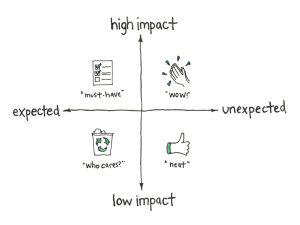
Market Research and Trend Analysis
Problem: Manual market research is time-consuming and often fails to capture rapidly changing consumer trends.
Solution: Generative AI platforms like Copy.ai or Jasper can analyze large datasets from Xano, including customer surveys, social media, and market reports, to identify emerging trends. These insights can then be visualized in Coda, enabling product managers to spot new opportunities and refine product roadmaps. Tools like Crayon or Gartner can further augment trend analysis by providing competitive intelligence and in-depth industry reports.

Human Resource Use-cases leveraging the AI Platform
Recruitment and Talent Acquisition
Problem: Identifying and selecting the right candidates quickly from a large pool can be challenging and time-consuming.
Solution: Generative AI tools like Copy.ai can analyze resumes and applications to provide initial candidate scoring based on predefined criteria. Integrating these insights with Xano’s data lake allows HR teams to refine hiring strategies and improve job descriptions. Coda’s collaborative platform helps manage interview feedback and onboarding processes, while recruitment platforms like Greenhouse or Lever can further streamline sourcing and scheduling.

Employee Engagement and Retention
Problem: Identifying and addressing engagement issues before they lead to turnover is difficult without proactive monitoring.
Solution: The AI platform can analyze feedback surveys, performance data, and sentiment from employee communication tools to detect early signs of disengagement. Coda’s collaborative workflows can guide HR teams in implementing targeted retention strategies, while platforms like Culture Amp or Peakon can provide deeper insights into engagement drivers. Copy.ai can help automate follow-up communications to reinforce a positive employee experience.

Performance Management and Development
Problem: Traditional performance reviews often lack objectivity and fail to provide actionable feedback for employee growth.
Solution: Generative AI models can analyze historical performance data from Xano to provide personalized feedback and suggest career development plans. Coda can structure these recommendations into review workflows, allowing managers to document progress and set SMART goals. Performance management platforms like Lattice or 15Five can further facilitate continuous feedback and one-on-one coaching.
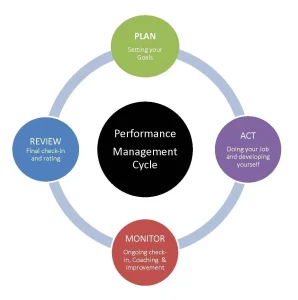
Finance Use-cases leveraging the AI Platform
Budgeting and Forecasting
Problem: Traditional budgeting processes are often static and fail to adapt to changing market conditions.
Solution: By integrating historical financial data and business plans into Xano, the AI platform can generate predictive models for budgeting and forecasting. Generative AI can suggest adjustments based on real-time data and economic trends, while Coda helps finance teams structure their budgets and forecasts visually. Planning tools like Adaptive Insights or Anaplan can further refine the process with scenario planning and version control.
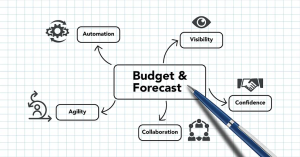
Tax Compliance and Optimization
Problem: Tax regulations are complex and vary across jurisdictions, making compliance challenging for multinational corporations.
Solution: Generative AI models can summarize relevant tax laws and regulations, helping finance teams understand compliance requirements. Xano’s data lake can store tax documents and transaction records, while Coda can organize filing workflows and track deadlines. Tax management software like Vertex or Avalara can complement this by automating tax calculations and returns.

Conclusion
In conclusion, leveraging an advanced AI platform to empower enterprise functions like sales, marketing, customer support, product development, HR, and finance can radically transform an organization’s ability to deliver results. By harnessing the predictive power and automation capabilities of AI through generative models, no-code platforms, and collaborative tools, companies can streamline their operations, improve decision-making, and create personalized experiences for their stakeholders. These use cases demonstrate how an integrated tech stack can enhance efficiency, reduce risks, and foster innovation across departments. As AI continues to evolve, organizations that embrace its potential will position themselves to navigate market challenges adeptly, stay ahead of industry trends, and cultivate a culture of data-driven growth and continuous improvement. Ultimately, an AI-first approach equips enterprises to unlock unparalleled productivity and profitability.

